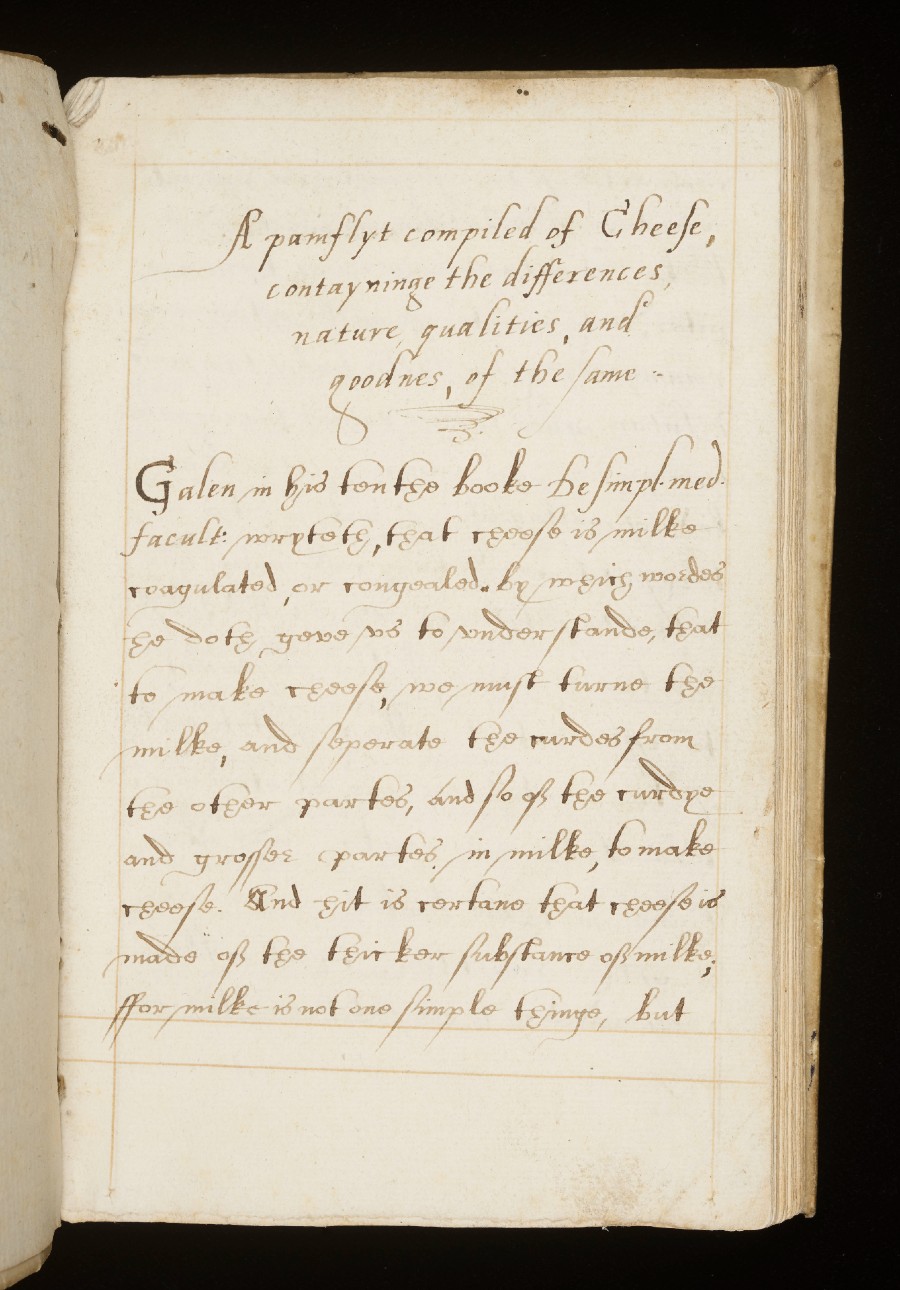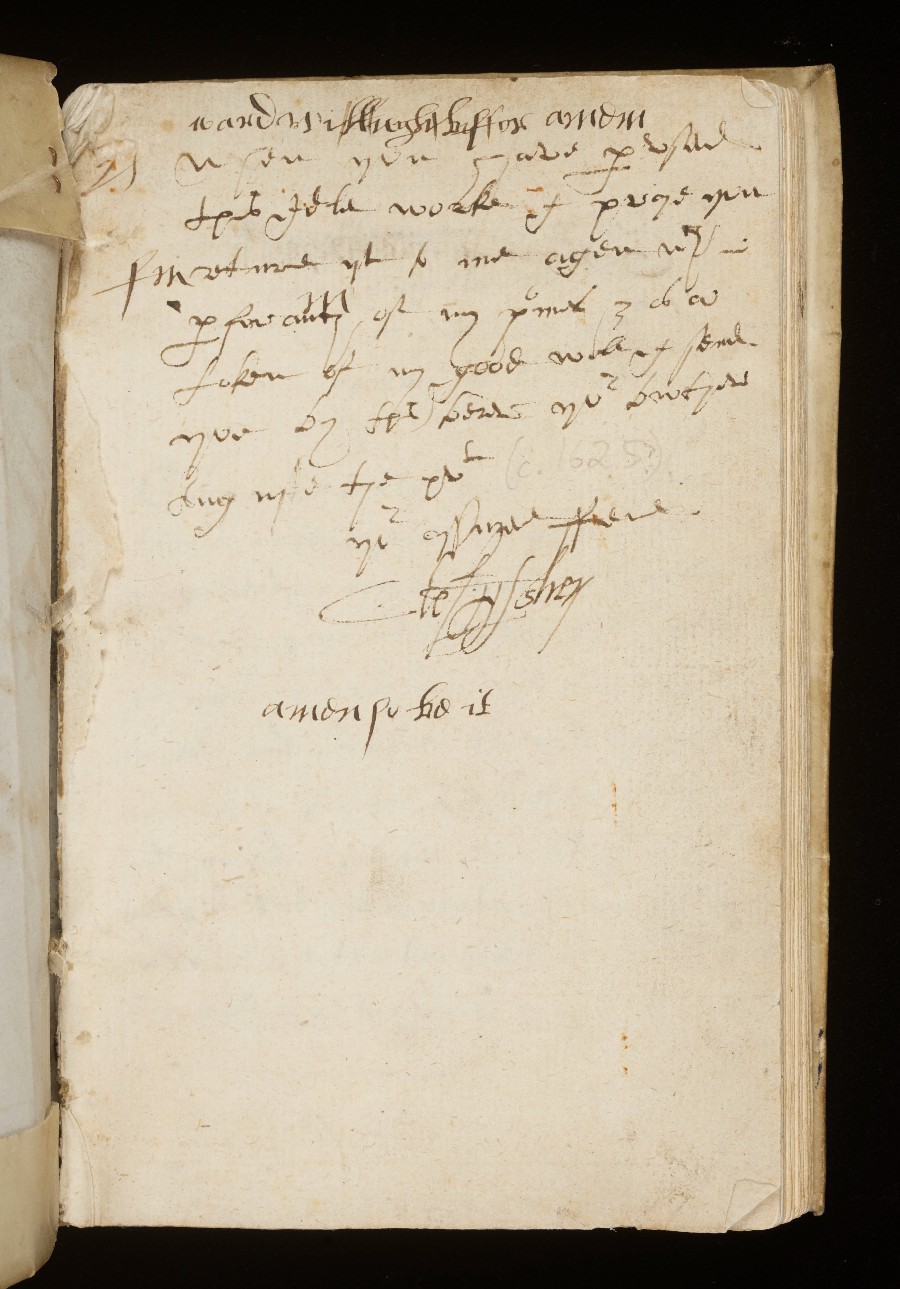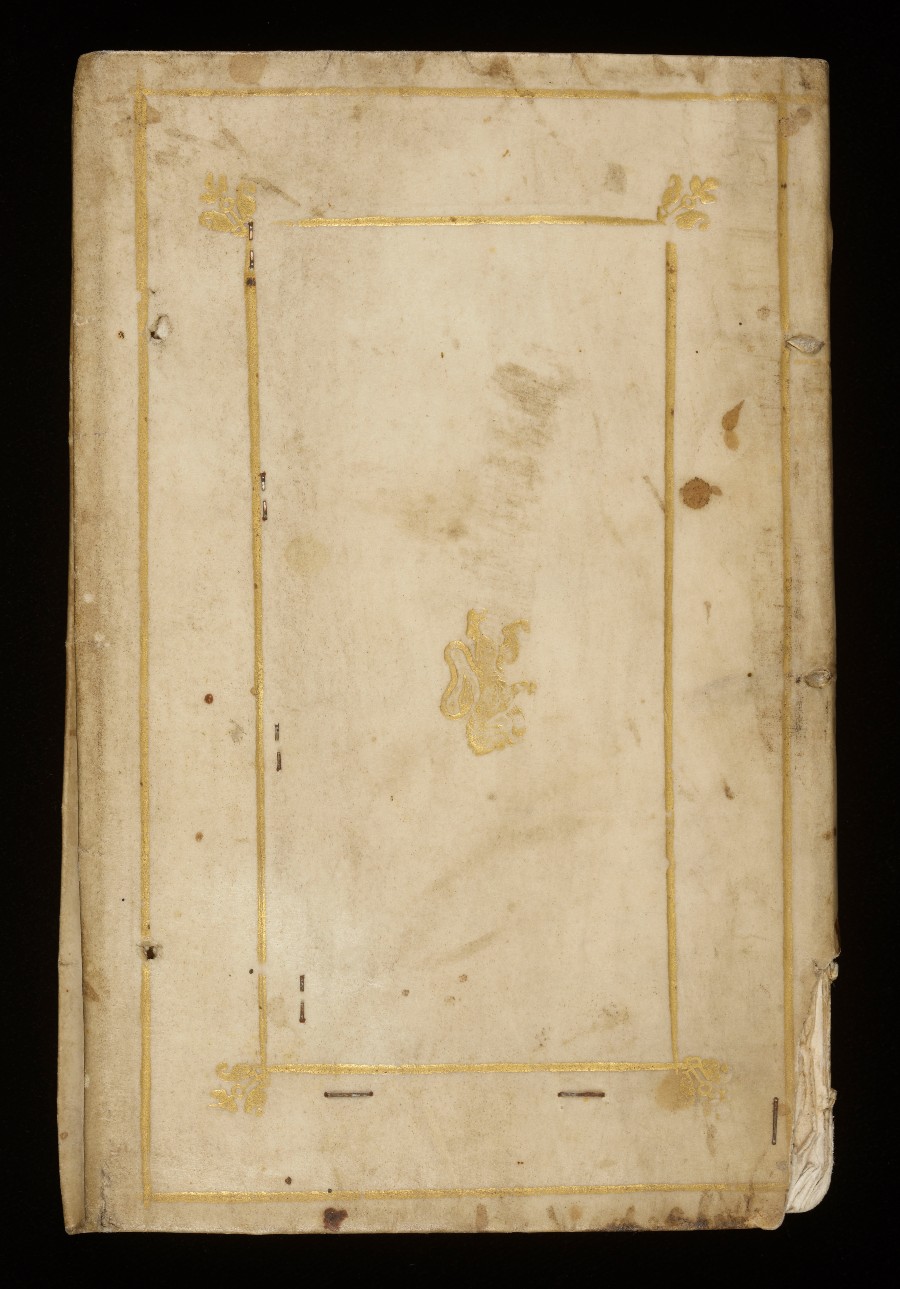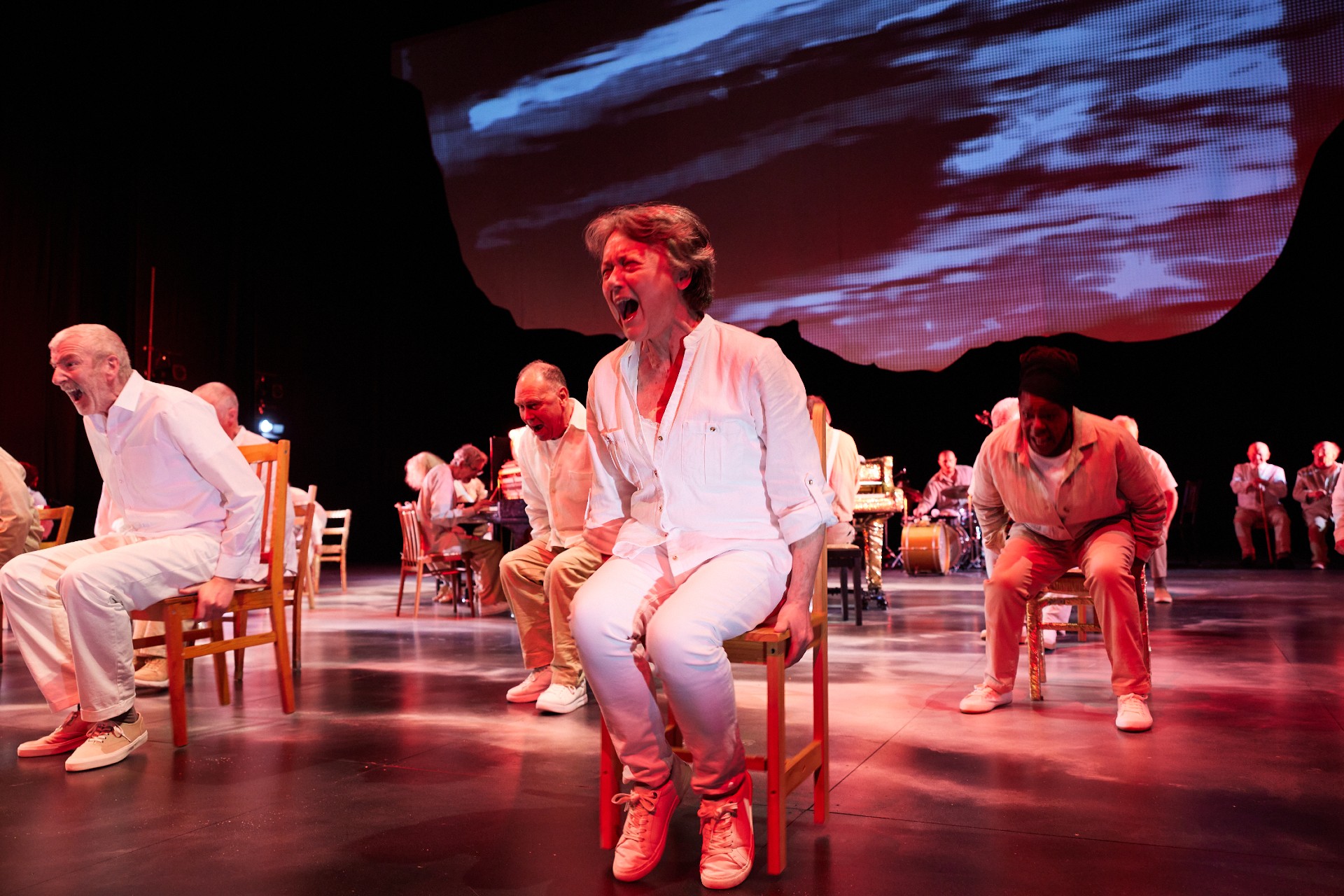Matured to perfection: 16th Century ‘Pamflyt compiled of Cheese’…..
Special Collections at the University of Leeds Libraries has announced the acquisition of the earliest-known book about cheesemaking in Britain, ‘A Pamflyt compiled of Cheese, contayninge the differences, nature, qualities, and goodnes, of the same’, which can be viewed in full via the institution’s website.
The 112-page vellum-bound manuscript was handwritten in the 1580s and was believed to be unpublished. It opens with the Greek philosopher-physician Galen’s broad definition of cheese as ‘milke coagulated, or congealed’, and goes on to discuss subjects including curds (‘or cheesye partes of milke’) and whey; and the many different cheeses found throughout England and Wales, their ingredients, methods of production and merits.
Thoughts on ‘the vertues of cheese used as a medicine’ have dated least well, with the effects of cheese on people of different temperaments based on the theories of the bodily humours put forward by Galen and his predecessors. The milk of a dog apparently ‘dose cause a woman to be delivered of her childe before tyme’; and in a chapter on ‘the diversitie of milke used in making cheese in this contreye’, the author reassures us that he has never heard of women’s milk used for cheesemaking ‘in any place’, although camel’s, ass’s and mare’s milk are used in certain places.

Food historian Peter Brears: “The manuscript is probably the first comprehensive academic study of a single foodstuff to be written in the English language. I’ve really never seen anything like it. Although cheese has formed part of the human diet since the introduction of farming in the prehistoric periods, there is little evidence of its character and places of production in medieval Britain except for entries for anonymous cheeses in household accounts.”
The ‘Pamflyt’ follows the typical Elizabethan practice of collecting all available information from Classical authors such as Galen and Virgil, as well as the Persian philosopher-physician Abu Bakr al-Razi, and the most reputable contemporary physicians at the University of Salerno. To gain practical information, the author went on to ‘diligently inquire of country folke, who gave their experience in theis matters’.

The identity of the book’s author remains unclear, but three owners’ names show that it had an impressive social life. It was circulated in the group around the Dudleys, the family of courtiers whose influence throughout the Tudor period was at a peak around the time of the manuscript’s creation. In a note on the flyleaf, Clement Fisher, MP for Tamworth, asks for the book to be returned to him when it has been ‘perused’; Walter Bayley, whose name appears at the end of the text, was Regius Professor of Medicine at Oxford and physician to Elizabeth I; and Edward Willoughby of Bore Place, Kent, came from another family of parliamentarians.
Peter Brears: “The mention of Kingsnorth, a village near Ashford in Kent, as a cheesemaking centre in a county otherwise unrecognised for its cheeses, demonstrates a degree of local knowledge that appears to confirm Edward Willoughby as the author.”
Caroline Bell, co-founder of Thirsk-based artisan cheesemakers Shepherds Purse, describes the book as “a wonderful find, delivering a fascinating insight into the culture of cheese and cheesemaking in 16th century Britain.
As cheesemakers ourselves, it gives us a chance to appreciate the evolution of the practice from ancient times to now. Documentary evidence of this chapter in British food history, with our traditional regional cheeses mentioned and evaluated, and so many interesting observations on early practices, is invaluable.”

The subject of fevered bidding at open auction earlier this year, the Pamflyt was acquired by the University of Leeds with the support of a grant from Friends of the National Libraries (FNL). It will join the Cookery Collection at the University of Leeds Library, one of the great collections of printed and manuscript material relating to domestic science. Blanche Legat Leigh presented her collection of 1,500 printed cookery books and manuscripts to Leeds in 1939; in the same year the Chaston Chapman Collection added an extensive library covering brewing and winemaking; and in 1962 John F. Preston gifted 600 British cookery books printed before 1861. The Camden Library cookery collection was acquired in the 1980s; and more recent additions include the libraries of the food writer and journalist Michael Bateman, and the French-British cookery teacher Gisele Mardon.
Jay Rayner, journalist, broadcaster and University of Leeds alumnus: “The Leeds University Library Cookery Collection is an astonishing and vital record of our fascination with what and how we eat across centuries. It tells us so very much about who our forebears were and how they lived. It’s thrilling that this extremely rare document, taking us right back to the origins of cheesemaking in the UK, in itself part of the very weft and weave of our food culture, has been added to the collection.”
Masud Khokhar, University Librarian and Keeper of the Brotherton Collection at the University of Leeds: “With an unbroken history of cheesemaking in our region dating back to the medieval Cistercian monks and beyond, it feels apt that we have been able to make a home for this unique and fascinating work in the University of Leeds.
The Cookery Collection is one of five of our Special Collections to be awarded Arts Council England’s Designated status as ‘a lasting source of inspiration and enjoyment for generations’. The ‘Pamflyt compiled of Cheese’ exemplifies those values: an historically important discovery that can resonate with us all. With the generous support of the Friends of the National Libraries, we are delighted to have secured this wonderful book for the nation.”
Apart from occasional short passages in Latin, the manuscript is written in English in a 16th century ‘secretary hand’, and much of it can be read, with a little effort. To view digital scans of the book in full, visit
https://explore.library.leeds.ac.uk/special-collections-explore/750167



